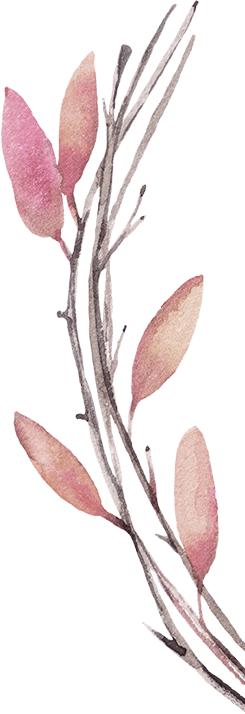3 Steps to Use Self-Criticism as a Tool for Self-Improvement

Contents
- Healthy self-criticism is a tool for self-improvement and NOT self-punishment.
- Let’s talk about 3 steps of healthy self-criticism that can benefit you:
- Step 1: Separate your personality from your behavior.
- Step 2: Consider which consequences you’ve got.
- Step 3: Express positive intention for your future behavior.
Hey, do you ever self-criticize? I bet you do. We all do. But do you do it in a productive way?
I strongly believe self-love is the most important thing in personal development. Depending on how much you love yourself will depend on how well you treat yourself and others.
Only if you’ve developed a healthy amount of self-love you will be able to respect yourself, to respect your thoughts, feelings, and emotions. Even though self-love is sometimes mistaken for selfishness, I strongly believe (and defend it with whole my heart) that only if you truly love yourself can you love and respect others the way they deserve.
You see, that’s not selfishness.
However, the fact that you love yourself doesn’t mean you don’t indulge in some self-criticism. In fact, a healthy self-criticism can help you to become better, more productive, more successful person. If used in a healthy way it can benefit you in ways you wouldn’t imagine.
Healthy self-criticism is a tool for self-improvement and NOT self-punishment.
It will help you to recognize your mistakes, to learn from them, to understand what led you to unwanted results, but also help you to change your behavior and achieve better results in the future.
Unfortunately, more often than not, we all indulge in negative self-criticism which can be incredibly harmful to us. We call ourselves names, we don’t forgive ourselves when we make mistakes, even though mistakes are completely natural and we would likely forgive others for a similar mistake without even thinking twice. Sometimes we are so harsh on ourselves and much harsher than we would be to any other person on this planet.
Let’s talk about 3 steps of healthy self-criticism that can benefit you:
Step 1: Separate your personality from your behavior.
With this step, you’ll learn to criticize the only thing that actually went wrong – your behavior. Behavior is what didn’t produce the results you wanted to achieve. This has nothing to do with your personality traits.
The fact that you’ve made a mistake doesn’t mean that you are a mistake as a person. It only means that your behavior didn’t give you results you wanted.
So, to criticize yourself in a healthy way, you should separate your personality from your behavior and criticize only behavior. You are still capable of achieving the results you were seeking, but the execution on the path to get you there was what caused your plans to fail.
Step 2: Consider which consequences you’ve got.
Every past mistake is a lesson you can learn from. But the only way to learn is to analyze what went wrong. So the second step of healthy self-criticism is an objective analysis of your past behavior to find out what you did in order to create an unwanted consequence.
Step 3: Express positive intention for your future behavior.
This is why self-criticism is a tool for self-improvement. After you separated your behavior from your personality, and after you’ve analyzed your behavior and unwanted consequences, it’s time to learn from your experience and express positive intention for future behavior.
Take a look at your goal and the behaviors you expressed or executed on your way there. How can you. make adjustments moving forward to get you to your goal?
This will change not only the way you act in a similar situation in the future, but it will also bring you better results.





Haley:
I’m going through a semi hard breakup, and have been very critical on myself about it. This article has given me a new light on how to view the situation, criticise my behavior, and learn what not to do in future situations or how to act more effiecently! Thanks so much!!:)